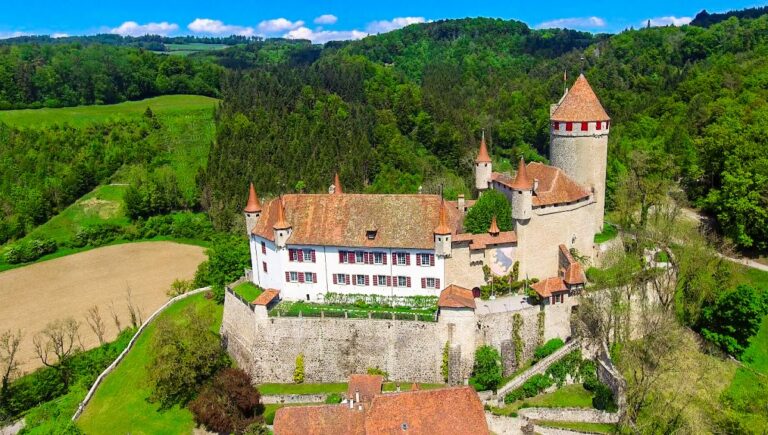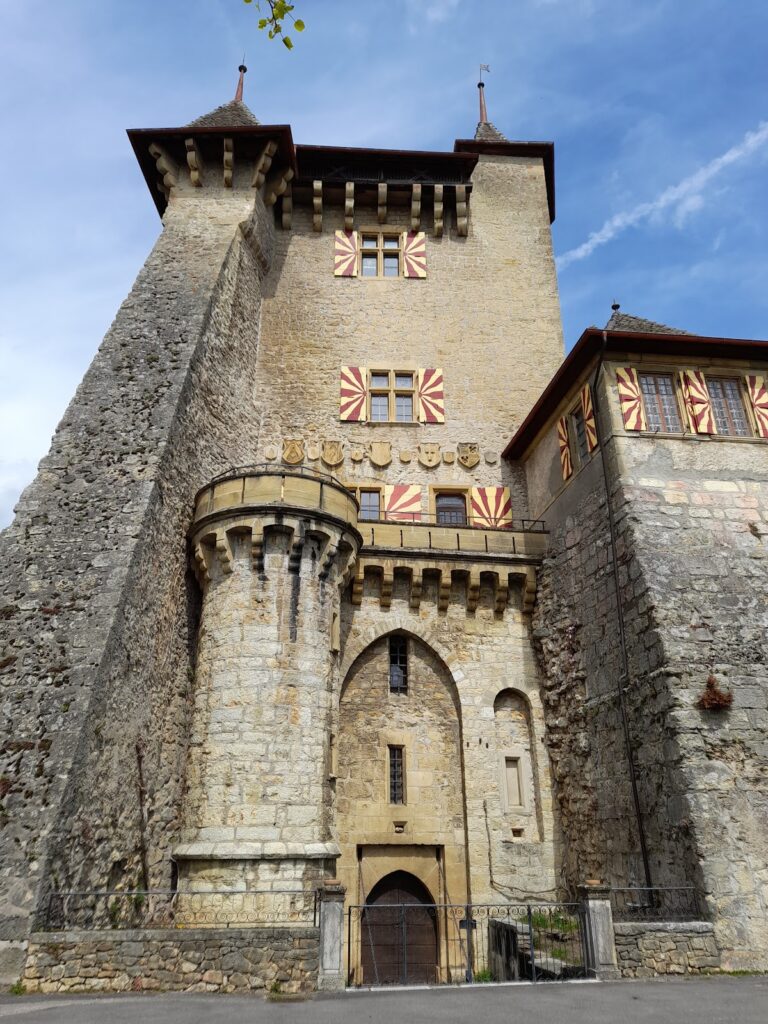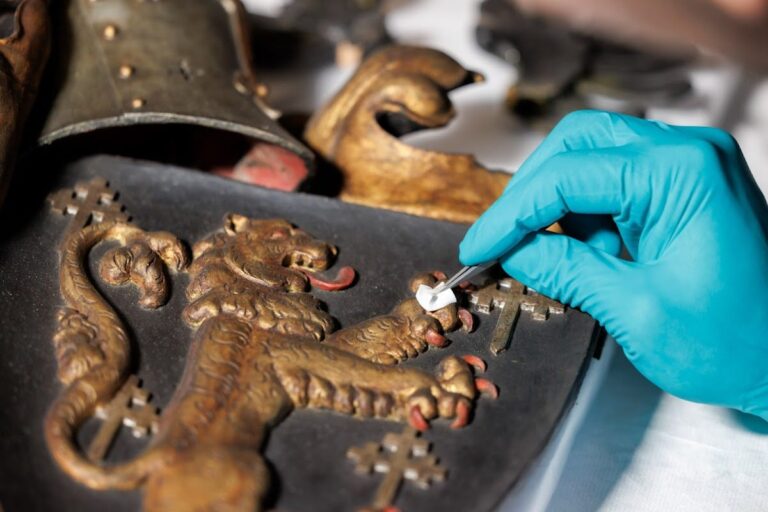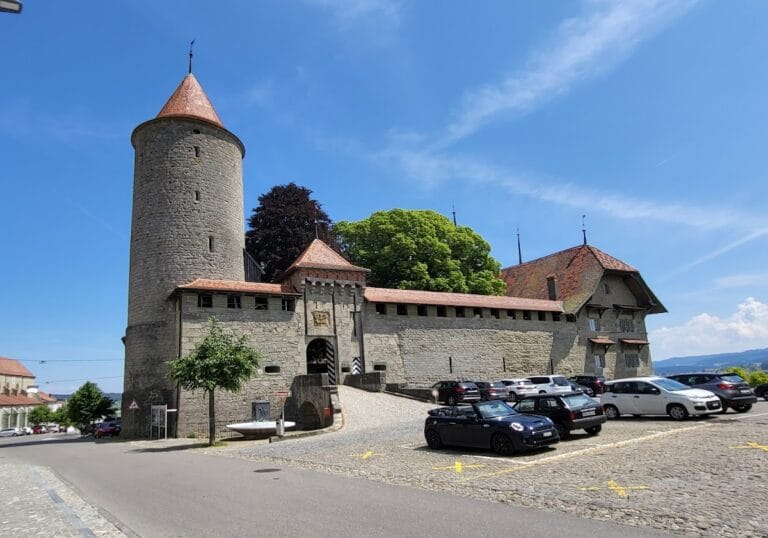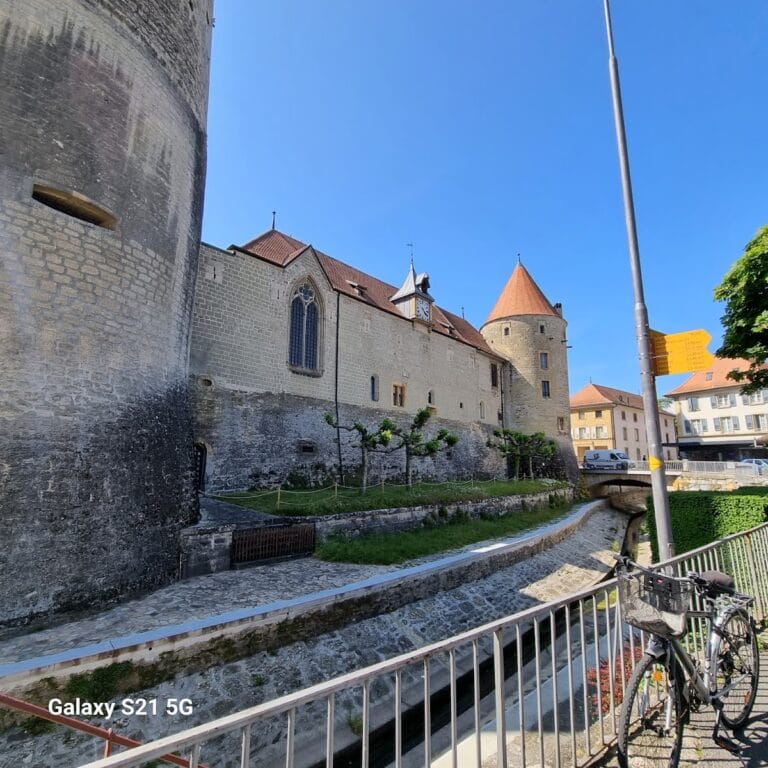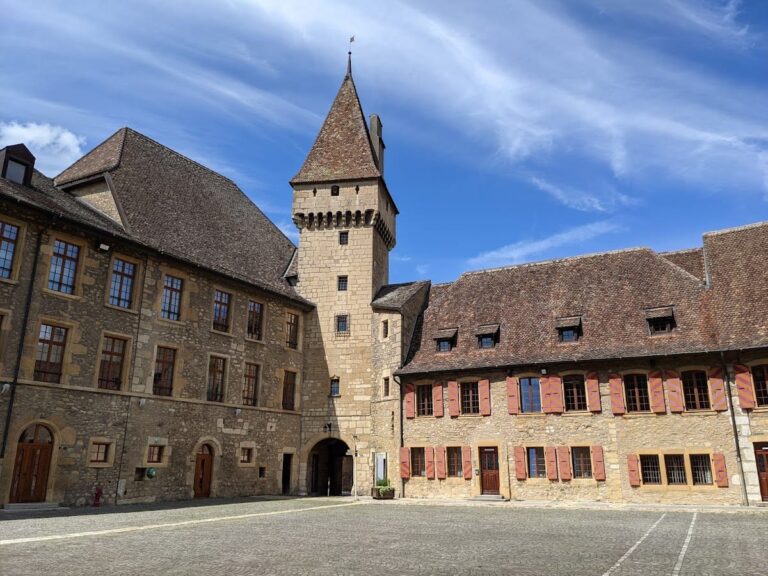La Molière Castle: A Medieval Stronghold in Switzerland
Visitor Information
Google Rating: 4.7
Popularity: Very Low
Google Maps: View on Google Maps
Official Website: tourdelamoliere.ch
Country: Switzerland
Civilization: Unclassified
Remains: Military
History
La Molière is a medieval castle site located near the municipality of Murist in Switzerland. It was originally established by the Molière family from Font toward the end of the 12th century as both a stronghold and the center of a small village.
Documents from the early 14th century confirm the castle’s presence, with records from 1301 and 1314 indicating its operation. By 1317, written accounts describe the settlement as including houses, gates, a drawbridge, and enclosing walls, suggesting a fortified community. Over time, the castle’s role expanded beyond the family residence to serve as a local administrative and defensive site.
In 1475, during the Burgundian Wars, military forces from the city-states of Bern and Fribourg seized the castle. Ownership then passed first to the House of Savoy and later, by 1513, to the Counts of Gruyère. Financial difficulties led the Counts to sell the estate to Jacques de Pesmes.
The year 1536 marked another shift in control when the State of Fribourg acquired La Molière from François de Montmayeur amid the conquest of the Vaud region. The castle’s governance was integrated with nearby Font and Vuissens, forming a bailiwick managed from Vuissens. A map drawn by Chancellor Guillaume Techtermann in 1580 records an esplanade atop the rock, encircled by defensive ramparts with foundations still visible at that time.
In the 19th century, the site underwent significant changes when local authorities permitted the dismantling of one of its two remaining towers to reuse construction materials. Additionally, quarrying activities removed stone from the castle grounds, contributing to its further decline. Efforts to conserve and protect the historical remains began in the 21st century with the establishment of a preservation association in 2009.
Remains
The surviving remains at La Molière primarily consist of a tall, square tower and traces of the medieval fortifications that once defined the site. The tower, measuring nine meters on each side and rising to approximately 30 meters in height, is composed of stone masonry typical of the period. This structure contains three distinct interior levels, connected by staircases allowing access to a viewing platform at the top.
This platform is reached by climbing 96 steps and offers panoramic views stretching across the Jura mountains to the Alps, including sightlines toward Lake Neuchâtel and nearby villages.
Surrounding the tower’s elevated position, archaeological evidence reveals the foundations of ramparts that once formed a defensive barrier around the esplanade atop the hill. These low walls, documented in a 16th-century plan, designate the area where the fortified complex extended beyond the central tower.
Over the centuries, alterations have affected the site’s structural elements. During the 1800s, the smaller of two surviving towers was dismantled to provide stone for local building projects, and further quarrying disturbed portions of the grounds. Despite these changes, the main tower remains remarkably intact, offering insight into the medieval military architecture of the region.
Visual records show both interior and exterior staircases of the tower as well as the summit platform. Today, these features stand as a tangible link to the castle’s past, alongside the ground-level remnants of its enclosing walls.





